Interest in motorcycles is at an all-time high. The cost of driving a vehicle is rising. and the cost of fuel is rising.
For those who rely on a vehicle to get to and from work, these expenses are getting out of hand, pushing many to consider buying a motorcycle.
Some motorcycle models can be super fuel-efficient, getting up to 100 miles per gallon. And if you don’t need all of the bells and whistles, motorcycles can be much more affordable than cars.
How much do motorcycles cost, and what are the other expenses associated with motorcycle ownership? Keep reading our motorcycle buying guide below to find out now.
Types of Motorcycles
When determining how much motorcycles cost, you need to consider the type of bike. There are many different types of motorcycles for different riding styles, which can drastically vary in price.
Standard motorcycles are the most beginner-friendly and offer the most affordable price tags. They are simple and perfect for commuting or daily riding.
You won’t be leaning forward or back but will enjoy a nice, neutral position.
Cruiser Bikes
Cruiser bikes, otherwise known as choppers, are for cruising around town. They are loud, and they offer a laid-back sitting position, improving comfort. Handlebars are higher, and there’s usually plenty of space for luggage.
Harley Davidsons are the most popular. Most people spend around $12K on a new cruiser.
Sport Bikes
Not for inexperienced riders, sports bikes are fast and agile. They offer an aggressive sitting position, as the handlebars are low and the seat is high. You’ll be leaning forward and essentially hugging the cockpit.
The ergonomics make these bikes ideal for carving corners and leaning heavily from side to side. Basic sport bikes can be affordable, while supersport bikes that offer maximum performance can be some of the most expensive bikes on the market.
Touring Bikes
Another expensive bike is the touring bike. These are intended for long-distance ridings, such as weekend camping trips or even cross-country road trips.
They are big, heavy bikes with plenty of room for storage. The ergonomics focus on rider comfort so that they can sit on the bike all day, every day, for weeks at a time.
Two-seater bikes are common as well. Prices often start over $20K for reputable touring bikes.
Adventure Bikes
Adventure bikes are a great option for those who want a mixture of road and trail riding. They can handle nearly any terrain you through at them.
They have extra knobby tires, capable of gripping loose dirt, and have a higher seat for going over obstacles like rocks and logs.
These make for great bikes to go on offroad camping adventures. These can be some of the cheapest bikes you find, as they are akin to dirt bikes which are quite affordable.
Scooters
Looking for something affordable, fuel-efficient, and quiet? Then a scooter might be right for you.
They have far less power than a motorcycle, meaning you can’t take them on the highway. But for city or suburban riding, they are great options.
You can typically purchase scooters at around $2,000.
How Much do Motorcycles Cost?
For brand new motorcycles, basic models cost anywhere from $5,000 to $10,000. If you’re new to motorcycles, this is what you should plan to spend.
Seasoned riders with a strong preference for their bike style can spend upwards of $40,000 per bike.
Specialized bikes like sportbikes or touring bikes cost a lot more than the average motorcycle.
If you are okay buying used, you can find a quality bike for under $5,000.
Other Costs of Riding a Motorcycle
A motorcycle isn’t the only thing you need to pay for if you want to get out on the road with two wheels. You’ll need to keep a few other expenses in mind when transitioning to a motorcycle for the first time.
Getting a License
The most important thing you need to do is get a motorcycle license. The requirements and cost will vary by state.
Unless you have riding experience, you’ll want to take a rider safety course. This course includes a written test, which you’ll need to study for to pass the first time.
You can take a practice test at Permit Bike to increase your chances of a first-time pass.
Then you’ll need to take a riding class, where you’ll spend a day on the motorcycle completing simple but important skill tests. In the end, you’ll have a riding exam.
Once you pass the riding exam, you’ll get a permit. You can take this permit to your state’s vehicle department to endorse your license.
For example, in the state of Florida, the rider safety course is 15 hours. The course can cost upwards of $200.
The cost to endorse your license afterward is usually around $15 or $20.
Motorcycle Insurance
Motorcycle insurance rates vary by state, by the type of bike you ride, and your age. Basic motorcycles are cheaper to insure, but so are older riders.
California, Florida, and Michigan have some of the highest interest rates for motorcyclists. On average, however, you can plan to spend around $700 per year or $60 per month.
Safety Gear
You shouldn’t ride a motorcycle if you don’t have the proper safety gear. The most important is a full-face helmet, which will cost around $80 for a cheap one.
A quality pair of boots that cover the ankle are preferred. Gloves, long sleeves (or a jacket), and long pants are also ideal. When you fall and skid across the asphalt, your skin will thank you.
Motorcycle Maintenance
Maintaining a motorcycle is much more affordable than maintaining a car. But there are still costs associated with it. To keep your bike running well, most riders plan to spend around $1,000 per year.
Fuel
Fuel used to be cheap. In 2022, that’s not the case anymore, as averages across the country are more than $4 per gallon.
Consider fuel costs when choosing a bike to buy. Some bikes use as much gas as cars, average around 25 mpg. But fuel-efficient bikes can easily get 100 mpg.
Start Riding Today
So how much do motorcycles cost? Most people plan to spend around $12K if buying a new bike. Purchasing the best motorcycle means spending over $20K.
But when choosing a bike, don’t forget to consider the additional costs of ownership, such as maintenance, insurance, and additional gear.
Looking for more tips like this? Visit our blog now to keep reading.

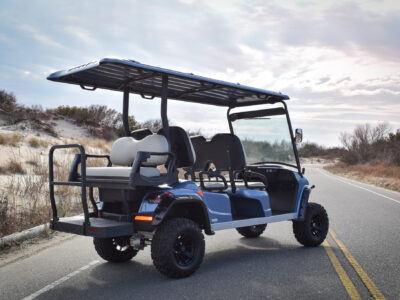
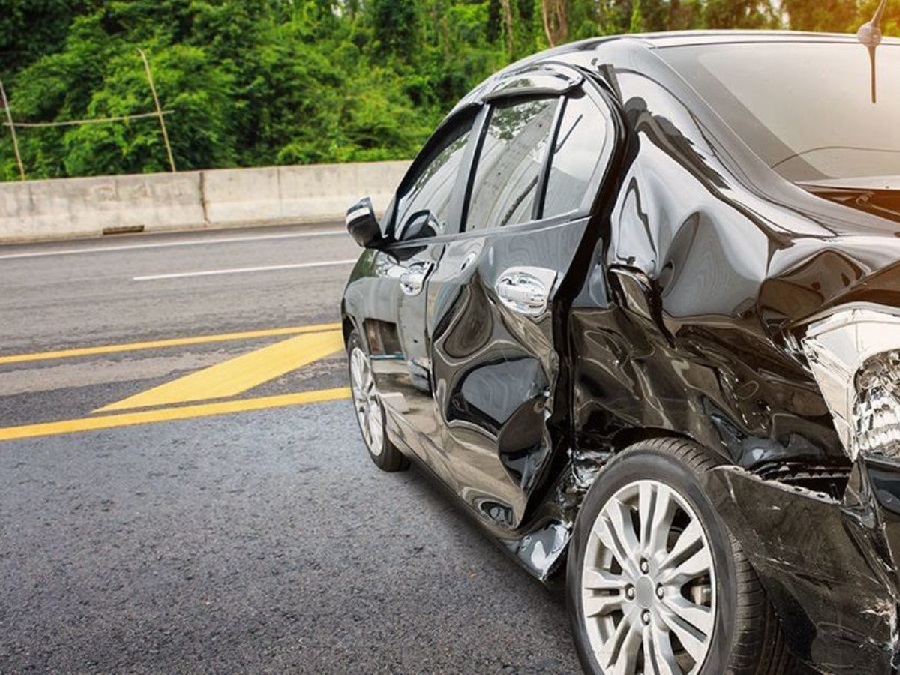
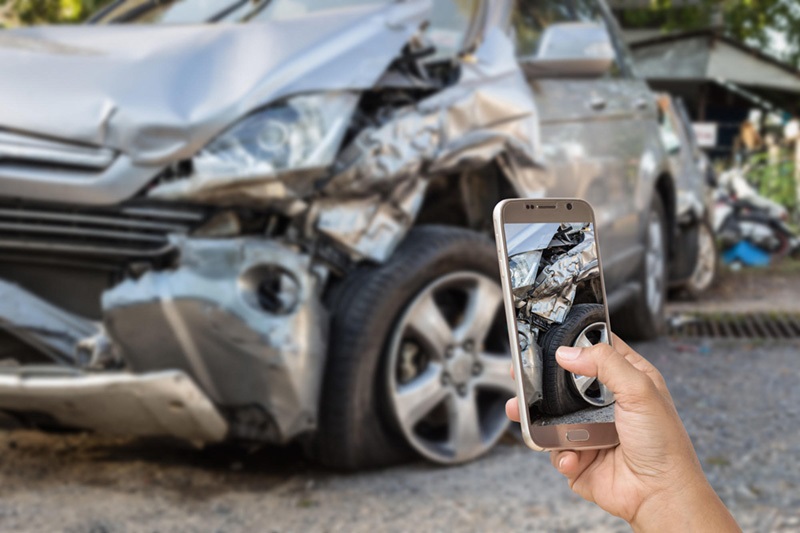

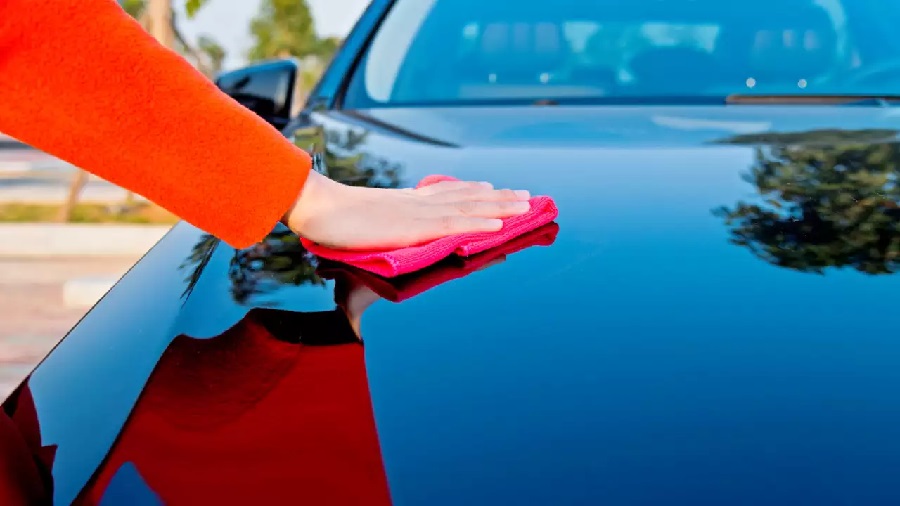

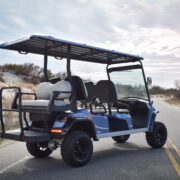
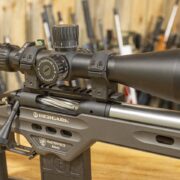


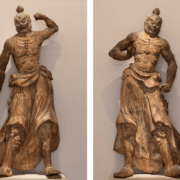
Comments